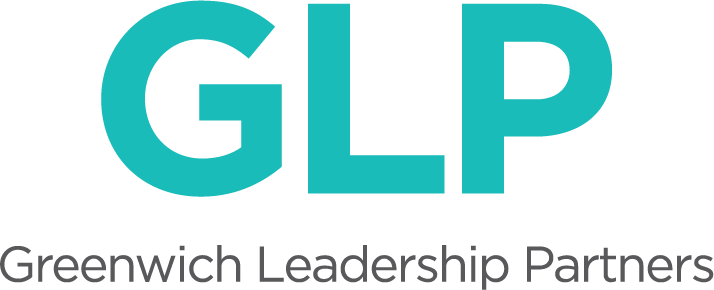It’s a Saturday morning and my twenty year-old son is lying in bed with a fever, aches and pains. I suggest bed is the best place to be, but he resists, groaning, “Mom…...I have FOMO!”
What on earth is FOMO? I wonder for a moment if this is some horrible disease spreading across college campuses before realizing that I have been living under a rock. It occurs to me that FOMO is “text speak”--something akin to LOL--and, sure enough, I’m right. My son has Fear Of Missing Out and, apparently, this is a serious enough condition to prompt the creation of an acronym.
I love it and now use the term liberally. It makes me laugh. Who doesn’t have FOMO? I know my son has had it since birth. And what’s the response when it strikes hard? How do we slow down and put our impulses in perspective?
We see a lot of schools that we suspect are suffering from FOMO. As they labor to manage costs, raise money and continuously improve on the existing model, they jump on every new program, innovation or trend--all in the service of students, but often without a cohesive strategy to evaluate their choices. Some assume they are strong enough or good enough to do it all as they forge bravely ahead and simply work harder to raise money from their devoted parents and alumni. Other schools want to leapfrog the competition, but feel they still need to compete head-to-head on the same product, which means doing everything. Whether building new squash courts or a fancy science center, instituting global service trips, buying 3D printers, or putting an iPad in every students’ hands, schools feel the pressure to keep up and take the lead. But, like my son (who really needs to stay in bed for the day), the cost of indulging your FOMO is potentially weakening your school by pushing too hard, too fast without a clear sense of purpose or strategy.
What you choose to do or add is as important as what you choose to forego. Improvement and innovation are critical to sustainability, but only if they aren’t simply layered on top of the existing cost structure. Disruptive innovations (see Clayton Christensen’s work) usually alter the business model and cost structure at its core--compared to incremental improvements or sustaining innovations, which may actually increase spending without a commensurate increase in returns.
So before you jump on the next new thing, consider that FOMO often prevents us from asking the right questions and properly defining our goals. FOMO can burden us with overhead and add unnecessary complexity to our lives and the life of a school. Continually adding programs and initiatives without choosing what NOT to do often leads to a weakened value proposition, a lack of strategic focus, and a cost structure that becomes uncomfortably entrenched.
Does your school suffer from FOMO? How do you manage it?

